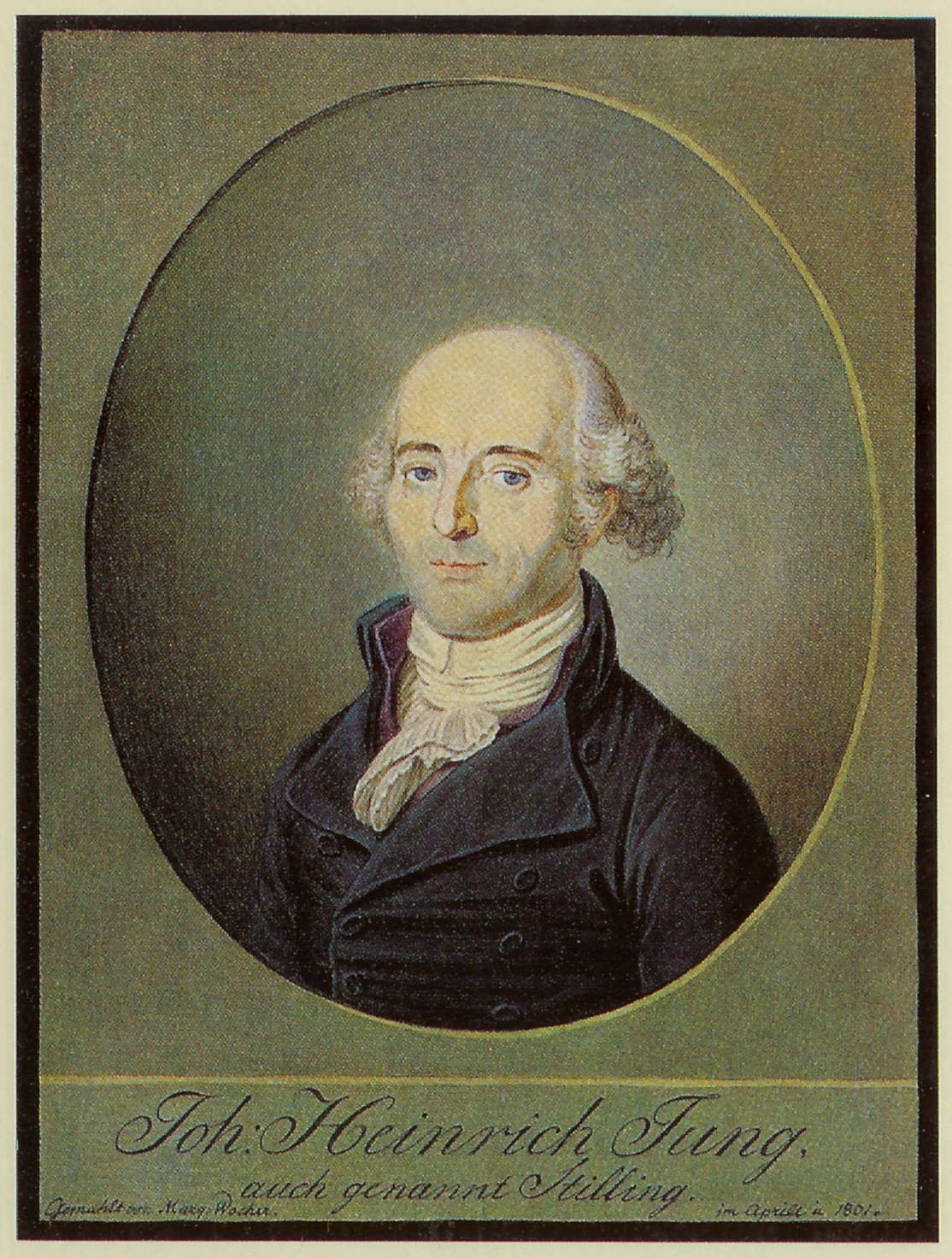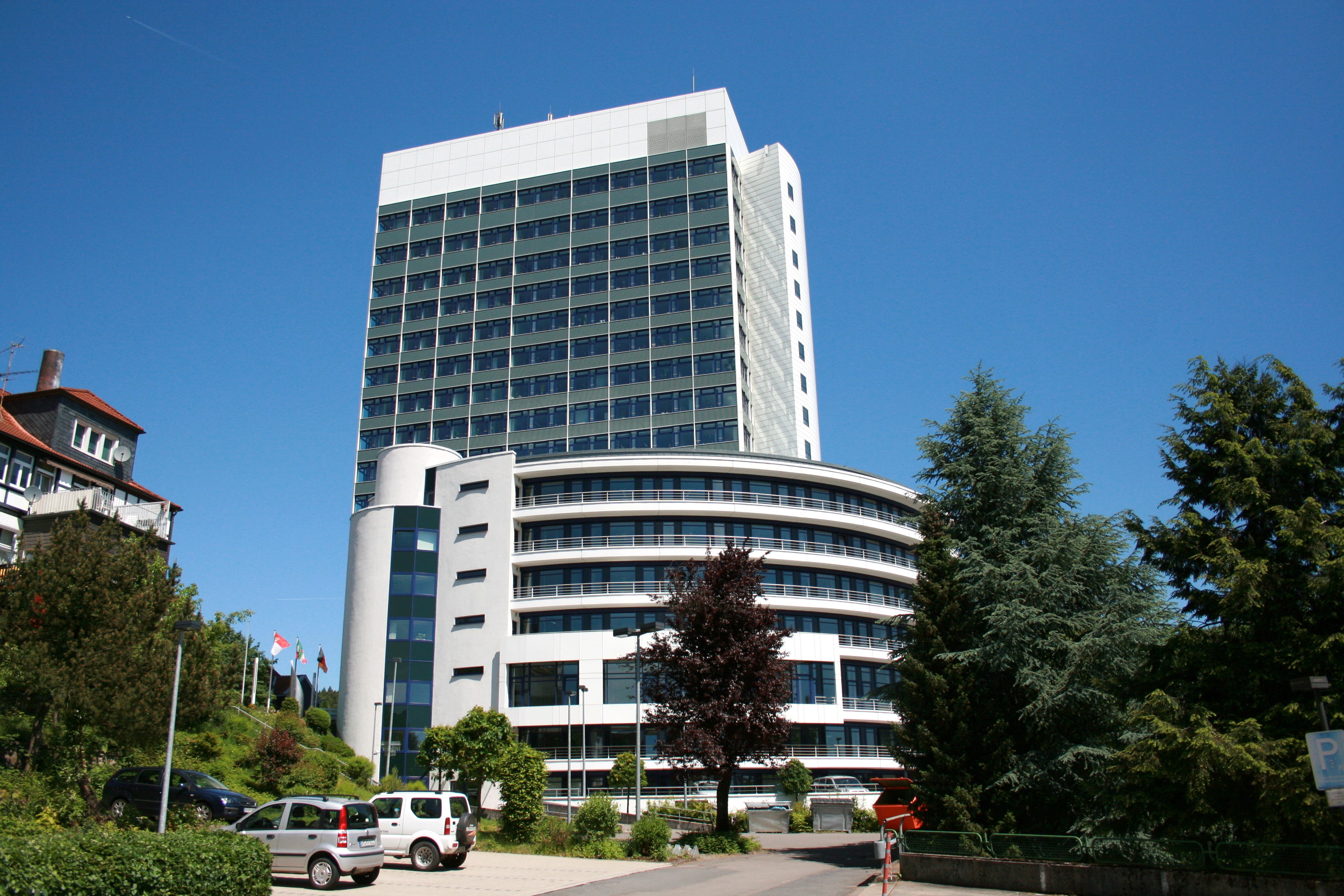|
Hückeswagen
Hückeswagen ) is a town in the north of Oberbergischen Kreis, in North Rhine-Westphalia, Germany. It is part of the governmental district of Cologne. Geography Hückeswagen is situated on the river Wupper. Two dams, Bevertal dam and Wuppertal dam, are near the city. Hückeswagen's location in the narrow valley and well as the castle mountain are notable. It is located approximately 40 km away from Cologne. Nearby towns are Radevormwald, Wipperfürth, Wermelskirchen and Remscheid. The coat of arms of Hückeswagen The arms were granted on August 9, 1892. The arms show in the upper part the lion from the arms of the Counts of Berg, who bought the area in 1260 from the Counts of Hückeswagen. The lower part is a symbol for the textile industry, which has been important to the town since the late Middle Ages. The combination of lion and spindle appears first in a seal from 1555. History Hückeswagen was an ancestral seat of the counts of Hückeswagen and in 1085 became for t ... [...More Info...] [...Related Items...] OR: [Wikipedia] [Google] [Baidu] |
Hückeswagen Castle
Hückeswagen Castle is the castle of the town of Hückeswagen in the Oberbergische Kreis, North Rhine-Westphalia, Germany Germany,, officially the Federal Republic of Germany, is a country in Central Europe. It is the second most populous country in Europe after Russia, and the most populous member state of the European Union. Germany is situated betwe .... It is first recorded in the year 1189. Today (2005) it accommodates municipal offices and a museum of local history. History The castle Hückeswagen (castrum Hukingiswage) was mentioned for the first time in 1189, the counts by Hückeswagen, however, already in 1138. In 1260 the county Hückeswagen was disposed to the counts Berg, and the Hückeswagener counts moved to Moravia. In the future the castle of the countess Margarete von Hochstaden served as a widow's seat. To constant Verpfändungen of Hückeswagen during the following centuries the name changed in 1397 into castle. During the following centuries t ... [...More Info...] [...Related Items...] OR: [Wikipedia] [Google] [Baidu] |
Oberbergischer Kreis
The Oberbergischer Kreis ( ksh, Boverbärjische Kreiß) is a ''Kreis'' (district) in the state of North Rhine-Westphalia, Germany. Neighboring districts are Ennepe-Ruhr, Märkischer Kreis, Olpe, Altenkirchen, Rhein-Sieg, Rheinisch-Bergischer Kreis, and the urban districts Remscheid and Wuppertal. Name The district was named after the region known as ''Bergisches Land'', which belonged to the County of Berg for most of the medieval era. What is called "Oberbergisch" ("upper Bergian") lies in the southeast of that earldom. By 1740, descriptions of the area distinguished between "Niederbergisch", which was north of the river Wupper, and "Oberbergisch" to its south. In 1816, after the entire Rhineland was annexed to Prussia, the districts of Waldbröl, Homburg, Gimborn, Wipperfürth, and Lennep were created within the area now covered by the district. In 1825 the districts Gimborn and Homburg were merged into the district Gummersbach. In 1932 it was merged with the district of Waldbr ... [...More Info...] [...Related Items...] OR: [Wikipedia] [Google] [Baidu] |
Wipperfürth
310px, Map of the city 250px, Town hall Wipperfürth () is a municipality in the Oberbergischer Kreis of North Rhine-Westphalia, Germany, about 40 km north-east of Cologne, and the oldest town in the Bergischen Land. History The eldest documentary mention dates from 1131. In the Siegburger Mirakelbuch the place is already designated Oppidum(=town). Manner of writing of the first naming: "Weperevorthe". Wipperfürth received town rights between 1217 and 1222. Since 1283 the administration of the town was governed by count Adolf V. von Berg. Already in 1275 king Rudolf von Habsburg allowed the count to move his mint from Wildberg to Wipperfürth. Here, Pfennige were stamped according to Cologne model. In 1328, with the privilege of king Louis the Bavarian the first coinage of Groschen in Germany began in Wipperfürth. Since the 14th century the town was a member of the Hanse. Businesspeople of the town traveled to Stockholm, Dorpat, Malmö, Novgorod, Reval and Lübeck. The t ... [...More Info...] [...Related Items...] OR: [Wikipedia] [Google] [Baidu] |
Radevormwald
Radevormwald (; ksh, Radefürmwald) is a municipality in the Oberbergischer Kreis, in North Rhine-Westphalia, Germany. It is one of the oldest towns in the Bergischen Land, formerly the County and Duchy of Berg. Geography Radevormwald is located about 50 km east of Cologne. At 421 metres above sea level, it was the highest-situated town in the administrative region of Düsseldorf; it is now in the administrative region of Cologne. Neighbouring places * Ennepetal * Breckerfeld * Halver * Wipperfürth * Hückeswagen * Remscheid * Wuppertal * Schwelm Division of the municipality Places submerged by the Wuppertal dam * Dörpe * Friedrichstal * Nagelsberger Gemarke * Oege Wupper villages The river Wupper flows through part of the town lands. In the villages Dahlerau, Vogelsmühle and Dahlhausen – which are located in the Wupper valley and so are known as the "Wupper villages" – this led to the establishment of textile works. These settlements used the water for the ... [...More Info...] [...Related Items...] OR: [Wikipedia] [Google] [Baidu] |
Hukvaldy
Hukvaldy (german: Hochwald) is a municipality and village in Frýdek-Místek District in the Moravian-Silesian Region of the Czech Republic. It has about 2,100 inhabitants. It is known for the ruins of the third-largest castle in the Czech Republic, Hukvaldy Castle, and is the birthplace of the composer Leoš Janáček. Administrative parts Villages of Dolní Sklenov, Horní Sklenov, Krnalovice and Rychaltice are administrative parts of Hukvaldy. Etymology The name is derived from the Hückeswagen family, who were the first owners of Hukvaldy. History The Hukvaldy Castle was founded in the 1270s or 1280s by the Hückeswagen family and was first mentioned in 1285. It was a guard castle on the trade route from Olomouc to Kraków. The settlement of Hukvaldy was soon established nearby. The settlement of Sklenov was established under the castle and was first documented in 1294. Between 1294 and 1307, the Hukvaldy estate was acquired by the bishops of Olomouc, who often pledged it to ... [...More Info...] [...Related Items...] OR: [Wikipedia] [Google] [Baidu] |
Joachim Kroll
Joachim Georg Kroll (17 April 1933 – 1 July 1991) was a German serial killer, child molester, necrophile and cannibal who murdered a minimum of 8 women and young girls in the Ruhr metropolitan region from 1955 until his arrest on 3 July 1976. He was convicted of eight murders and one attempted murder, but confessed to a total of 14. He was sentenced to life imprisonment on 8 April 1982. Early life Born the son of a miner in Hindenburg (Zabrze), Upper Silesia, Kroll was the sixth of nine children. After the end of World War II, during which his father was a prisoner of war, Kroll's family moved to North Rhine-Westphalia. Crimes He began killing in 1955, after his mother died. Around 1960, Kroll went to Duisburg and found work as a toilet attendant for Mannesmann. Afterwards he worked for Thyssen Industries and moved to Friesenstrasse 24, Laar, a district of Duisburg. At that time he resumed killing people. List of victims * 8 February 1955 – Irmgard Strehl, 19 ... [...More Info...] [...Related Items...] OR: [Wikipedia] [Google] [Baidu] |
Bohemia
Bohemia ( ; cs, Čechy ; ; hsb, Čěska; szl, Czechy) is the westernmost and largest historical region of the Czech Republic. Bohemia can also refer to a wider area consisting of the historical Lands of the Bohemian Crown ruled by the Bohemian kings, including Moravia and Czech Silesia, in which case the smaller region is referred to as Bohemia proper as a means of distinction. Bohemia was a duchy of Great Moravia, later an independent principality, a kingdom in the Holy Roman Empire, and subsequently a part of the Habsburg monarchy and the Austrian Empire. After World War I and the establishment of an independent Czechoslovak state, the whole of Bohemia became a part of Czechoslovakia, defying claims of the German-speaking inhabitants that regions with German-speaking majority should be included in the Republic of German-Austria. Between 1938 and 1945, these border regions were joined to Nazi Germany as the Sudetenland. The remainder of Czech territory became the Second ... [...More Info...] [...Related Items...] OR: [Wikipedia] [Google] [Baidu] |
Willi Daume
Willi is a given name, nickname (often a short form or hypocorism of Wilhelm (name), Wilhelm) and surname. Notable people with the name include: Given name * Willi Apel (1893–1988), German-American musicologist * Willi Boskovsky (1909–1991), Austrian violinist and conductor * Willi Forst (1903–1980), born Wilhelm Anton Frohs, Austrian actor, screenwriter, film director, film producer and singer * Willi Hennig (1913–1976), German biologist * Willi Liebherr (born 1947), German-Swiss businessman and billionaire * Willi Smith (1948–1987), African-American fashion designer * Willi Ziegler (1929–2002), German paleontologist Nickname * Willi Graf (1918–1943), member of the White Rose anti-Nazi resistance group under consideration for sainthood * Willi Münzenberg (1889–1940), German communist political activist and publisher * Willi Orbán (born 1992), German-Hungarian footballer * Willi Ostermann (1876–1936), German lyricist, composer and singer of carnival songs and s ... [...More Info...] [...Related Items...] OR: [Wikipedia] [Google] [Baidu] |
Johann Heinrich Jung Stilling
Johann, typically a male given name, is the German form of ''Iohannes'', which is the Latin form of the Greek name ''Iōánnēs'' (), itself derived from Hebrew name ''Yochanan'' () in turn from its extended form (), meaning "Yahweh is Gracious" or "Yahweh is Merciful". Its English language equivalent is John. It is uncommon as a surname. People People with the name Johann include: Mononym *Johann, Count of Cleves (died 1368), nobleman of the Holy Roman Empire *Johann, Count of Leiningen-Dagsburg-Falkenburg (1662–1698), German nobleman *Johann, Prince of Hohenzollern-Sigmaringen (1578–1638), German nobleman A–K * Johann Adam Hiller (1728–1804), German composer * Johann Adam Reincken (1643–1722), Dutch/German organist * Johann Adam Remele (died 1740), German court painter * Johann Adolf I, Duke of Saxe-Weissenfels (1649–1697) * Johann Adolph Hasse (1699-1783), German Composer * Johann Altfuldisch (1911—1947), German Nazi SS concentration camp officer executed for wa ... [...More Info...] [...Related Items...] OR: [Wikipedia] [Google] [Baidu] |
Gummersbach
Gummersbach (; ksh, Jummersbach) is a town in the States of Germany, state of North Rhine-Westphalia, Germany, being the district seat of the Oberbergischer Kreis. It is located east of Cologne. History In 1109 Gummersbach was mentioned in official documents for the first time. The document in question concerned the lowering of the episcopal tax for the church in Gummersbach by Archbishop Frederick I (Archbishop of Cologne), Frederick I. At that time the name of the town was spelled as ''Gumeresbracht''. Gummersbach received town privileges in 1857. In 1855 Gummersbach's industrial history began with the foundation of the company Steinmüller. With the company's success the little village began to grow to a town. After the company was bought in 1998 the production in Gummersbach was closed and most of the company's area was unused. Due to the fact that by the time this area made up half of the downtown area the town of Gummersbach bought this area to develop it. In the following y ... [...More Info...] [...Related Items...] OR: [Wikipedia] [Google] [Baidu] |
Mechanical Engineering
Mechanical engineering is the study of physical machines that may involve force and movement. It is an engineering branch that combines engineering physics and mathematics principles with materials science, to design, analyze, manufacture, and maintain mechanical systems. It is one of the oldest and broadest of the engineering branches. Mechanical engineering requires an understanding of core areas including mechanics, dynamics, thermodynamics, materials science, structural analysis, and electricity. In addition to these core principles, mechanical engineers use tools such as computer-aided design (CAD), computer-aided manufacturing (CAM), and product lifecycle management to design and analyze manufacturing plants, industrial equipment and machinery, heating and cooling systems, transport systems, aircraft, watercraft, robotics, medical devices, weapons, and others. Mechanical engineering emerged as a field during the Industrial Revolution in Europe in the 18th century; ... [...More Info...] [...Related Items...] OR: [Wikipedia] [Google] [Baidu] |




